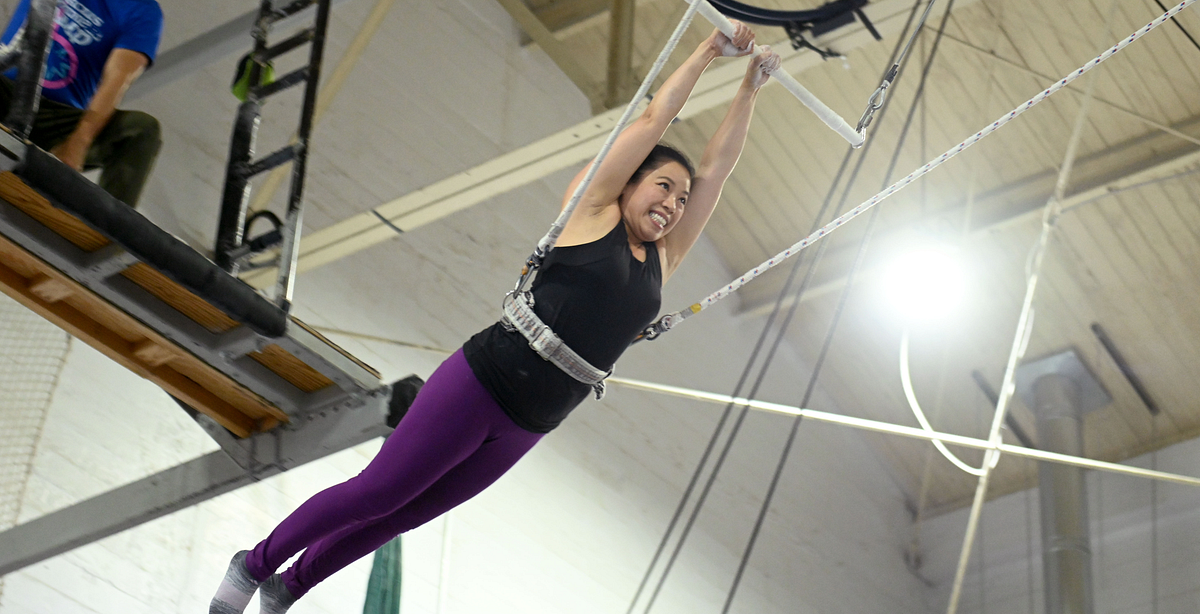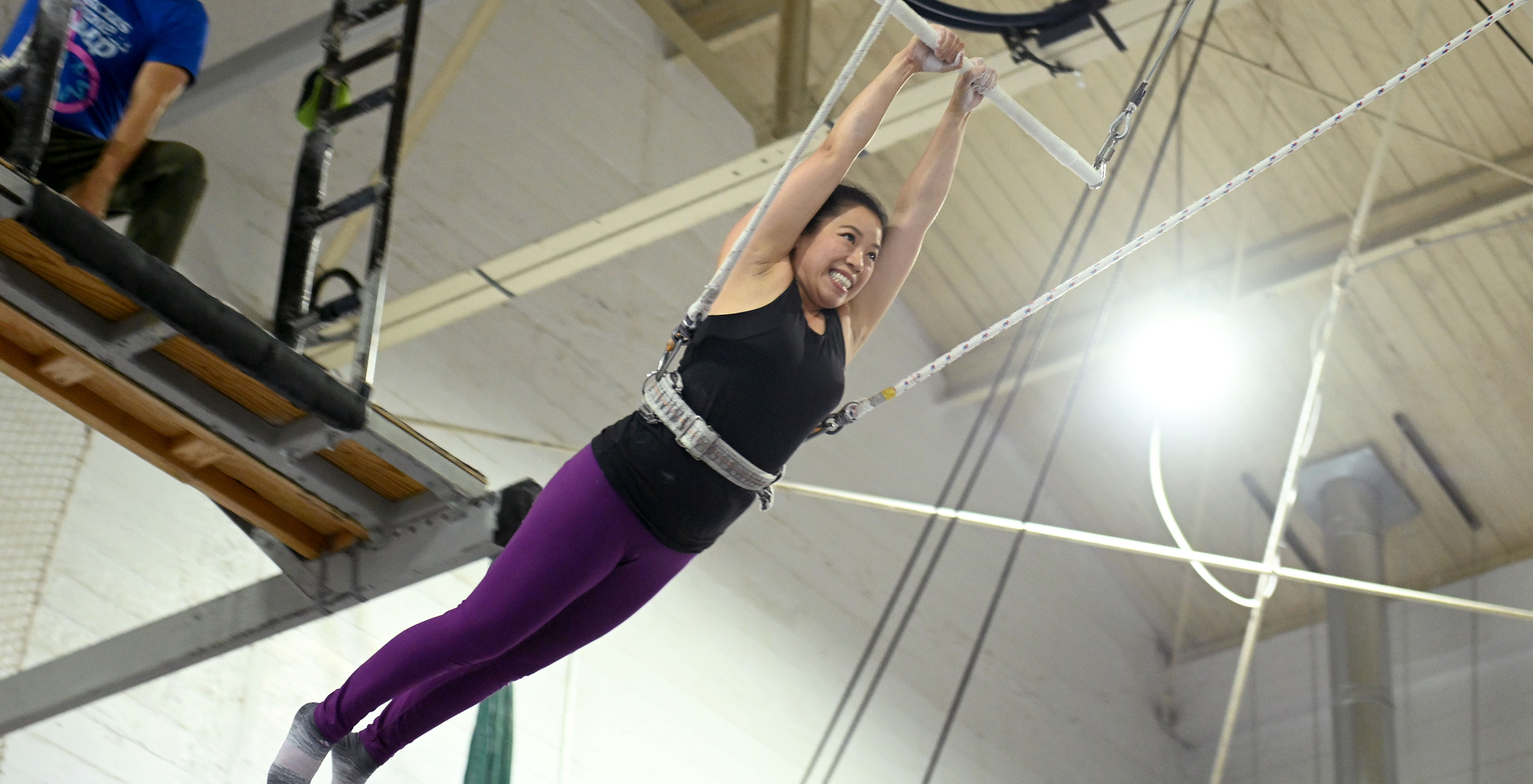
By Aaron Levy-Wolins
Jill Chiu climbed a ladder up some thirty feet up to a trapeze where they looked out and got connected to belaying ropes, fastened securely. Then, with a nervous smile, Chiu jumped off, trapeze in-hand, flying to and fro, gymnastically putting their legs over their chest and onto the bar and hanging naturally.
“Good!” shouted an instructor, who then told Chiu to dismount. Chiu let go and fell face-first to a soft but sturdy net below them.
This routine continued several times over, with different students practicing flying trapeze.
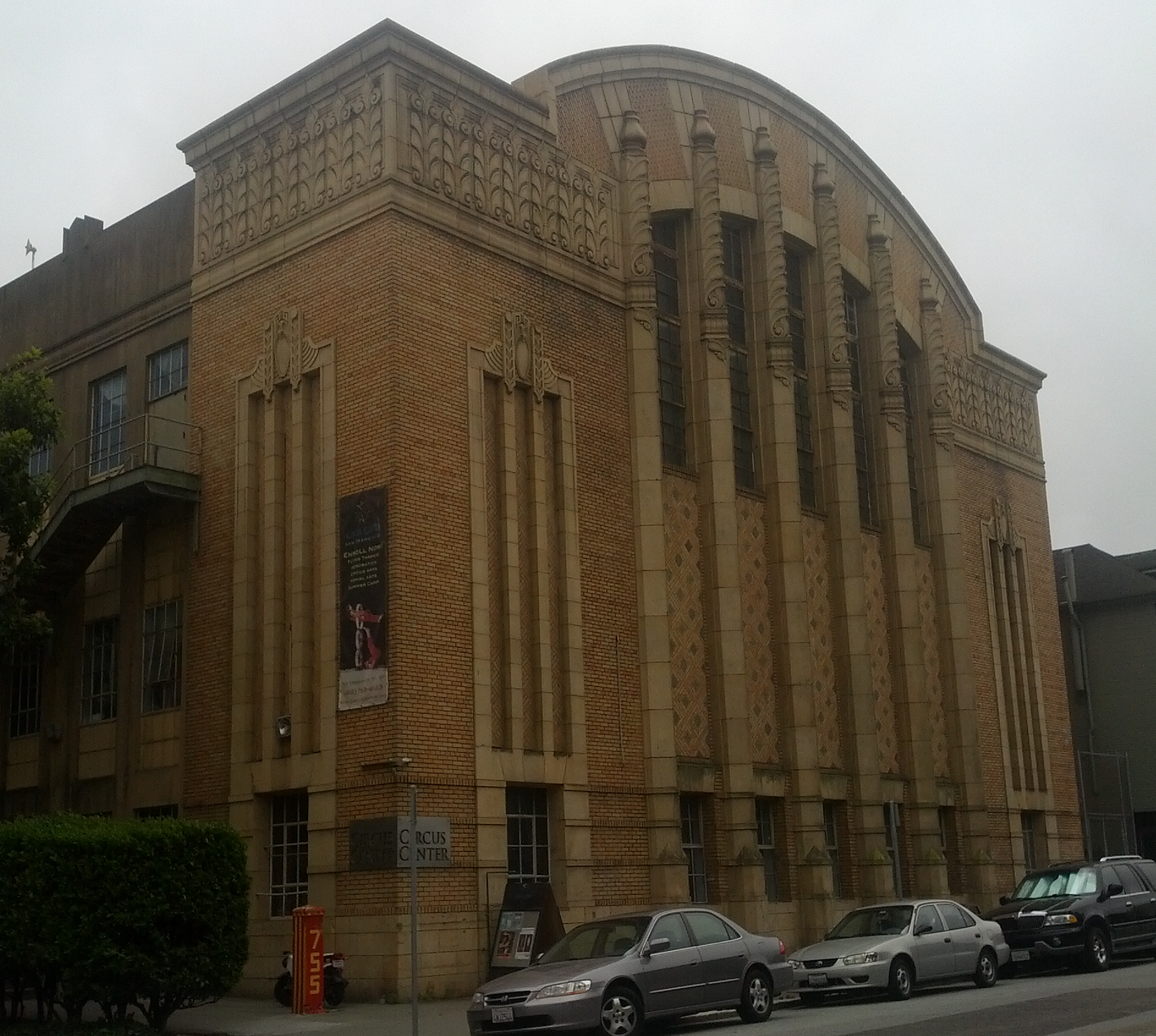
Nestled in an old church building, its graying yellow facade prominent to passers-by, across the street from Golden Gate Park is where such trapeze, acrobatics and even aerial routines take place. This is the home of Circus Center: a school for students of all ages who are interested in circus arts or are simply interested in staying in shape.
The organization began in 1974, when Peggy Snider and Larry Pisoni founded The Pickle Family Circus, “the iconic Bay Area troupe that kicked off the United States’ circus renaissance movement,” according to its website. The family opened the San Francisco School for Circus Arts in the 1980s, and renamed it Circus Center in 2001.
Head of School Juliana Neves told me Circus Center’s number one priority is training students, but the space puts on shows, too.
“My vision is to become even more excellent in education,” said Neves.
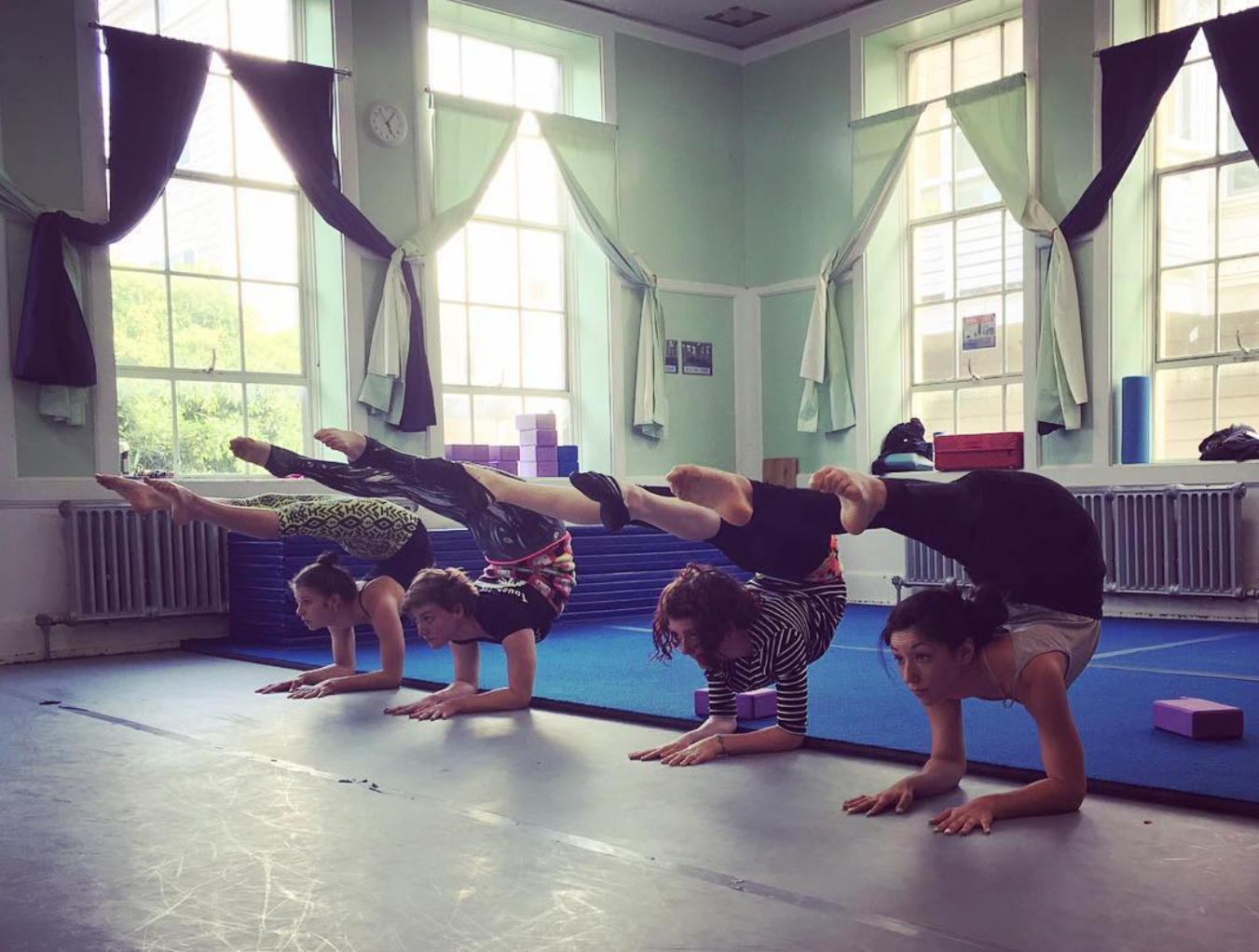
“Most of the classes we do have for both adults and youth. We now have a big variety of circus disciplines. We just recently hired a new Chinese teacher who has some specialities we didn’t have before so now we’re going to have trick bicycle, for example, unicycle, tightwire.”
Julia Prebilich, a student in the school, was just warming up when I approached her to talk. Julia explained that she was working on single point trapeze, one of four types of trapeze available at the school — the others being aerial, static and swinging.

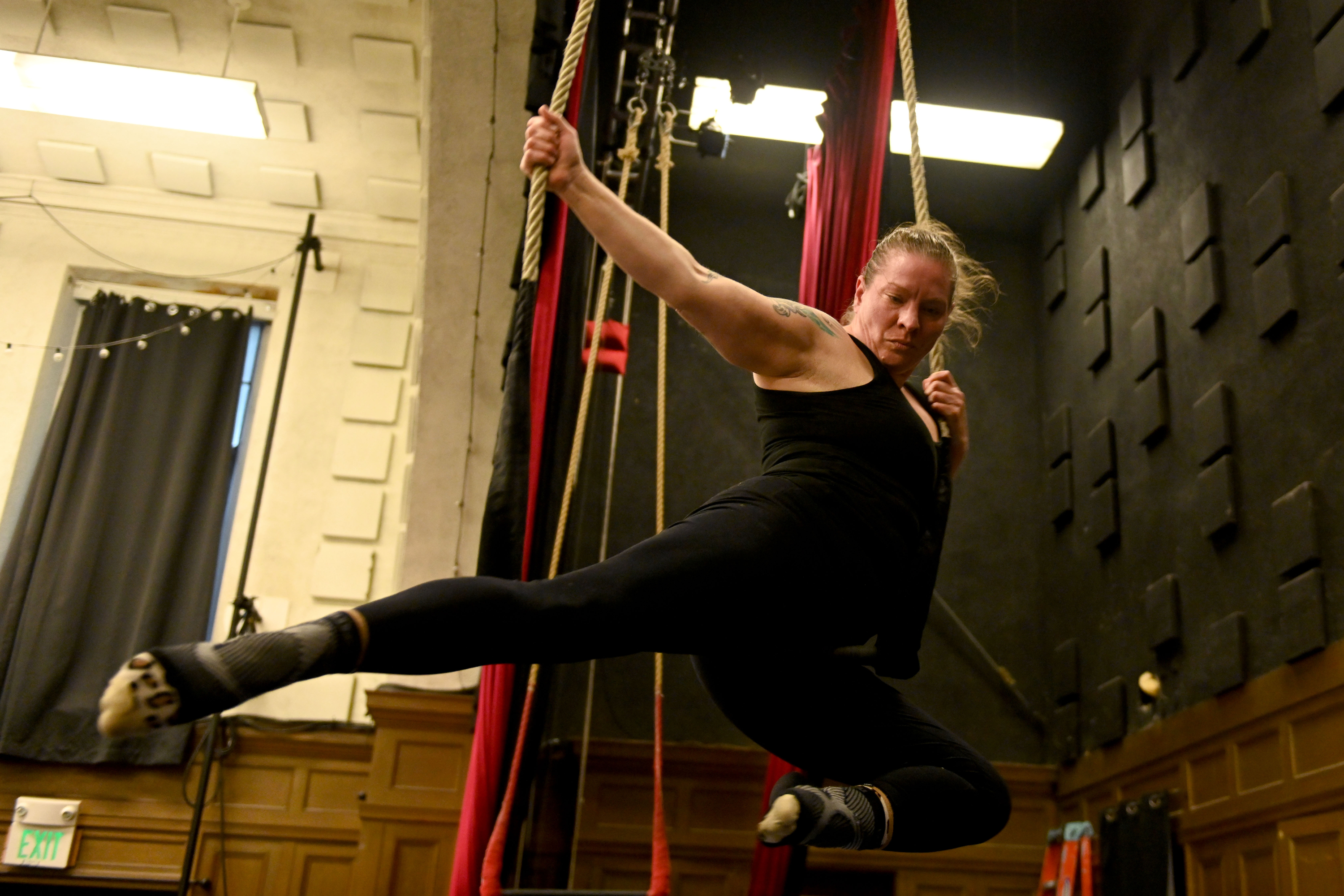
Prebilich talked about the kind of strength involved in single point trapeze.
“A fair amount of upper body strength,” she replied. “So someone should probably be able to do a full pull-up before they can so anything on trapeze — they should be able to lift their own body weight.”
A sixth year circus student, Prebilich said she’d been involved in trapeze for four years.
“It’s very fun, it’s very difficult, but it’s also as intellectually stimulating as it is physically hard,” said Prebilich, “You’re basically doing things that are very dangerous and if you don’t actually think about it and what you’re doing you could injure yourself. So you have to be conscious of not only the physical movements but also where you are in space, complexities of the apparatus you are working on and you have to be really thoughtful of being really present while you’re doing it.”
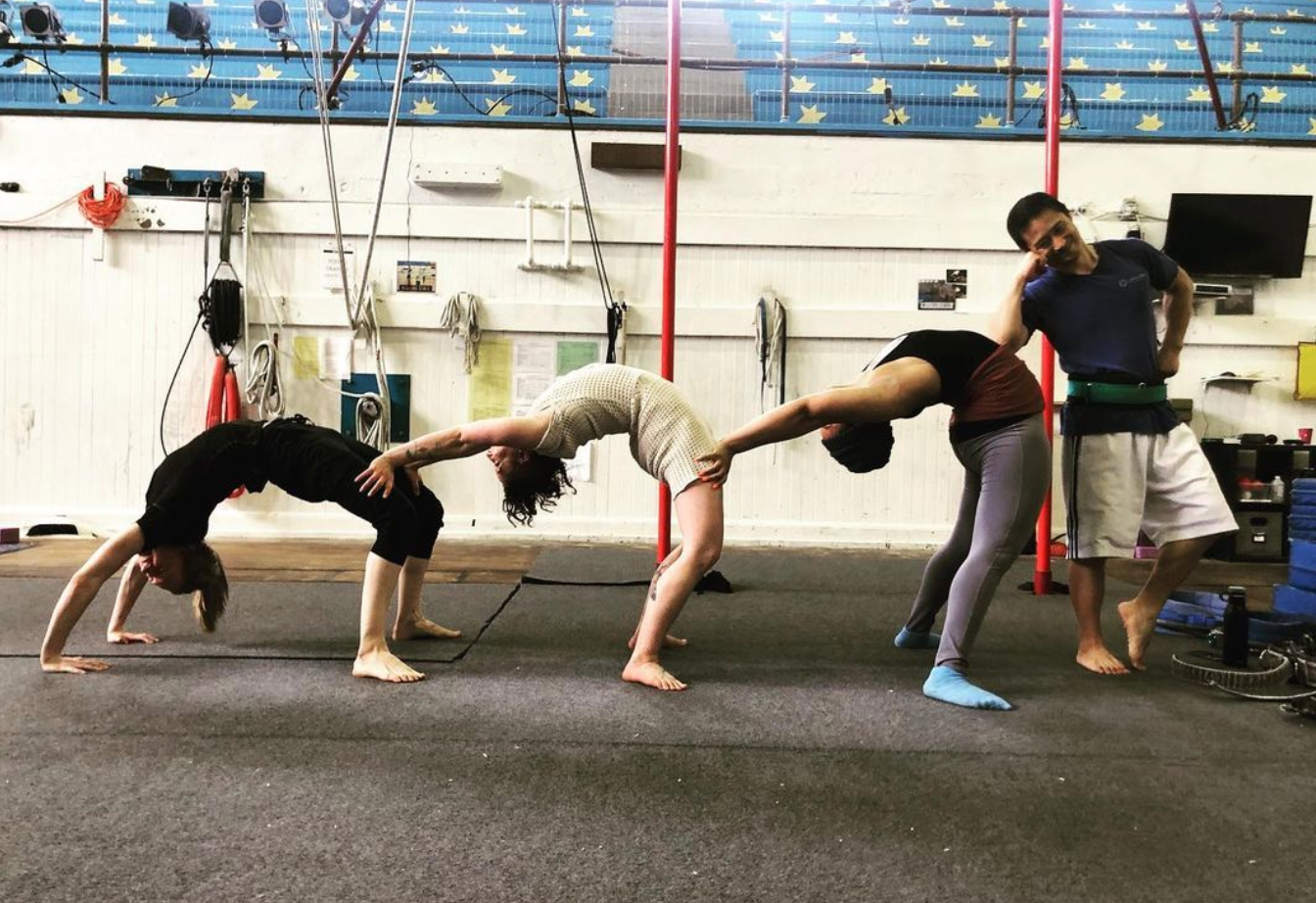
The routines and exercises are difficult to describe.
“Each apparatus has vocabulary like basic, intermediate, advanced, let’s say, and then after some point, it [becomes] research and development — which is creation,” said Neves. “So when we’re creating new things, they won’t have a name.”
Neves has been at Circus Center for six months. During the COVID pandemic, she said that Circus Center quickly set up online classes and courses and training in Golden Gate Park; the Center also set up virtual performances streaming on YouTube.

Circus schools are a relatively new phenomenon and training was once only available to hyper-localized communities, Neves said.
“Performance troupes were families before,” said Neves. “I think the first circus schools were in the 1970s in France and also here [in the US]. Before that, you could only learn circus if you ran away with the circus or if you went to the circus for a while and convinced one of the families to teach you. It was passed from father to son.”
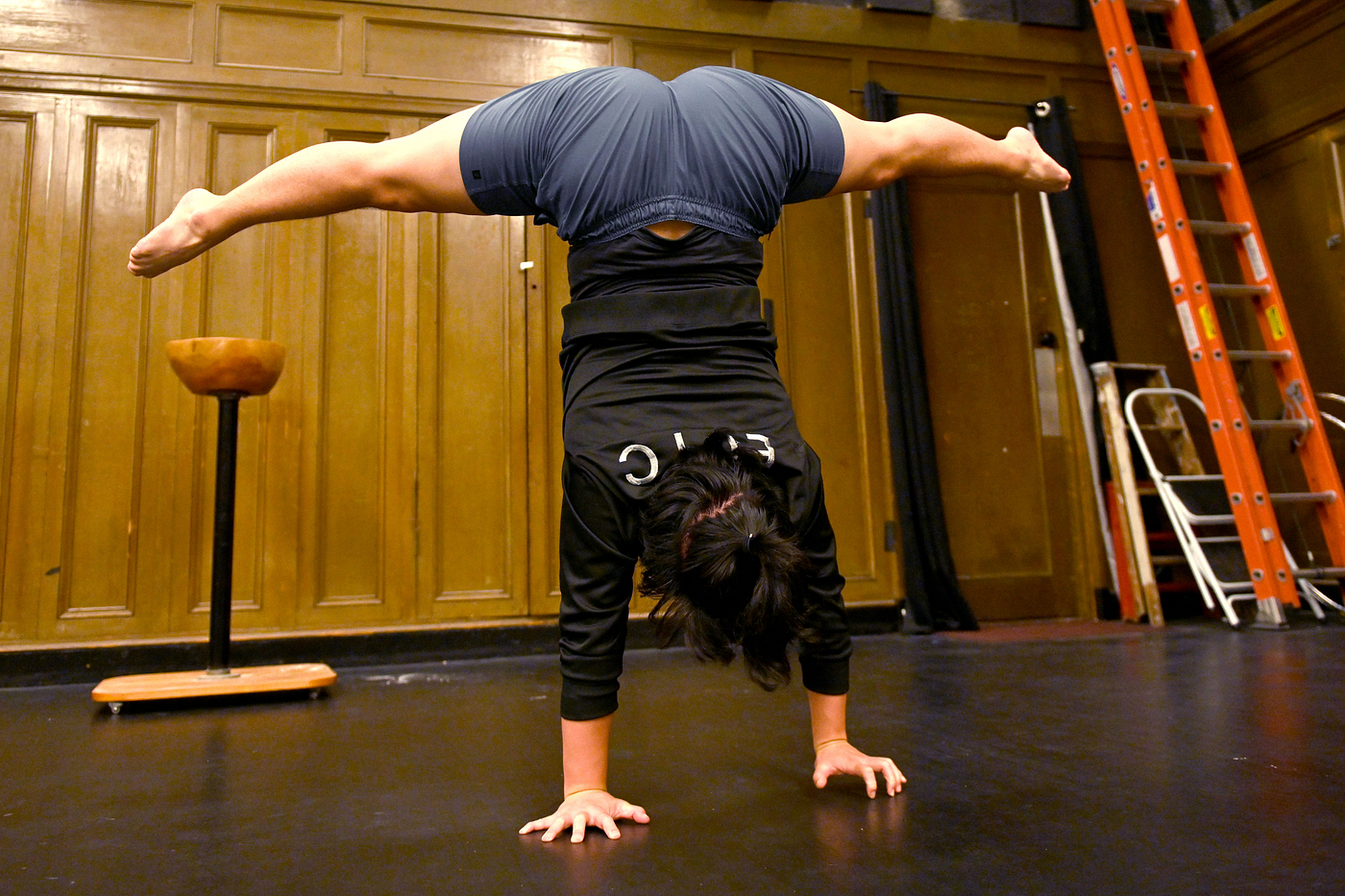
Another student at the school, Kapi Lee agreed with Prebilich that circus is both physically and intellectually interesting.
“I feel like my brain’s really engaged when I [take part in circus] and it’s a great physical outlet,” said Lee.
Lee said she prefers ground disciplines, like tumbling and handstands, to aerial ones. I asked why, to laughter from Prebilich.

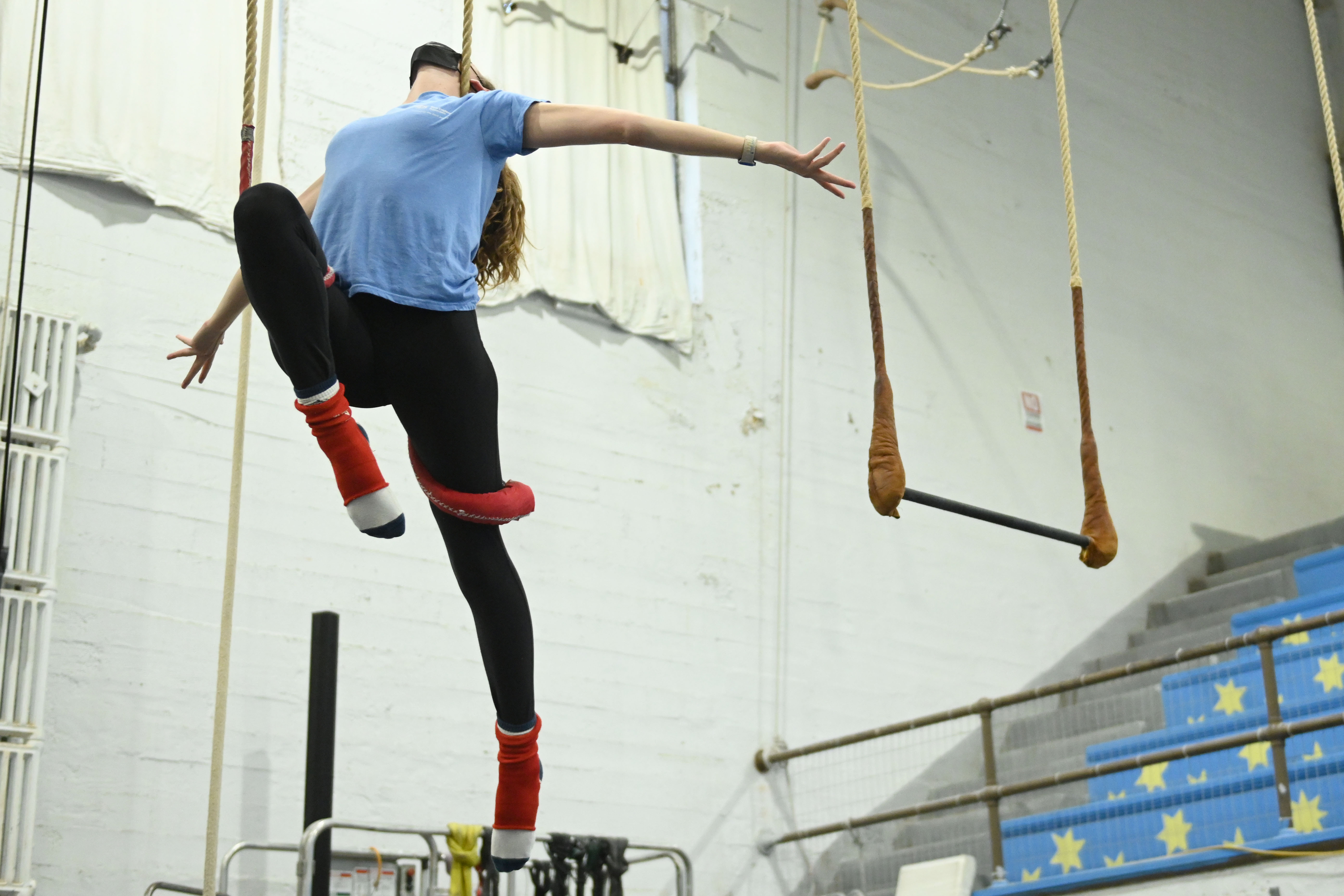
“Because aerialists have to be ridiculously strong and have high pain tolerance,” said Lee, chuckling. “I tried the different aerial apparatuses for some time and I found some of the vertical ones to be quite fun like pulling rope but I think in the end, the ground apparatuses is what called to me.”
Lee spoke about the sense of community that she gets from being at the Center.

“The community — everyone here is super supportive in here training together,” said Lee. Prebilich immediately interjected “We’re basically all friends!”
Aaron Levy-Wolins is a San Francisco-based photojournalist and writer.

The Bold Italic is a non-profit media organization that’s brought to you by GrowSF, and we publish first-person perspectives about San Francisco and the Bay Area. Donate to us today.



